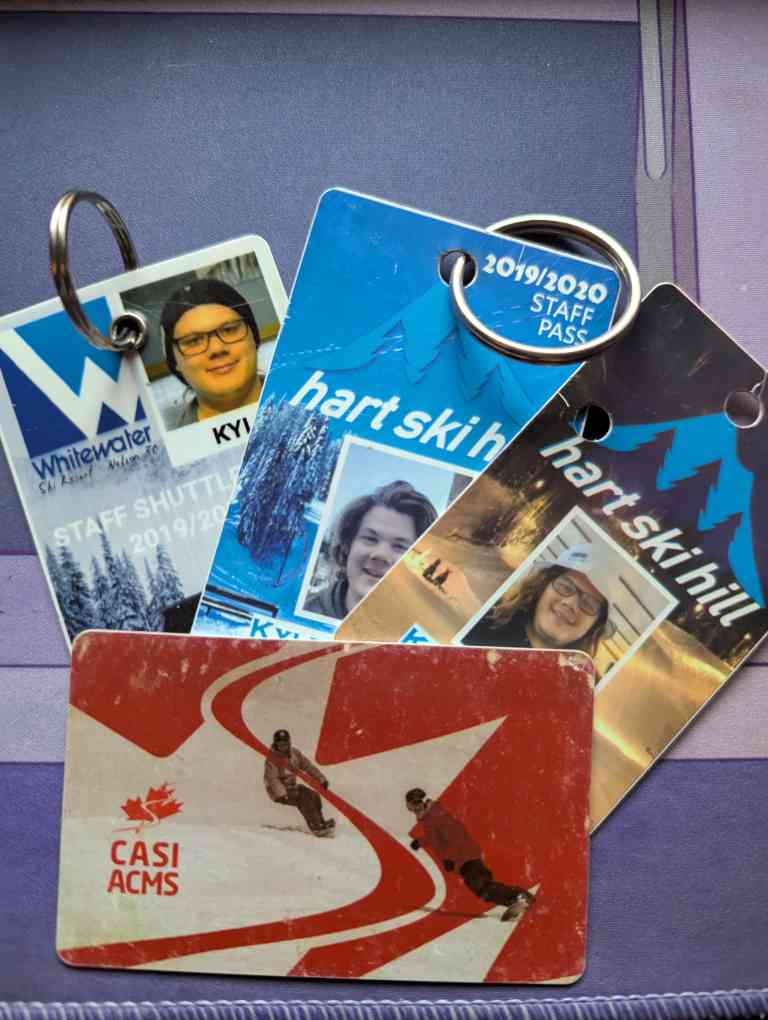
This might be the most talked about and complicated standard from the BC College of Teachers despite seeming somewhat obvious and straightforward. As a teacher I’m a public figure. It’s a part of the job and part of why many teachers travel away from where they teach when they vacation. You’re still a teacher in the grocery store. In my experience, after getting to teach in the part of Prince George where I live, students are often surprised and excited to see you. Even though I’m not on the clock well doing snack runs, I’m still a familiar and trusted adult wherever I might go. The complication comes from the fact that standard 2 is connected to the expectations set by the community you live in and these expectations can vary a lot. It’s why I, as an openly queer person in an often queer presenting relationship, will likely never take work in communities that don’t accept me. No signing bonus is worth not being myself, and there’s districts where I don’t have to worry if my simple existence as Mx. Rowell violates standard 2. There’s plenty of stuff to be mindful of when it comes to standard 2 and I think everyone has an example of an educator who didn’t quite live up to it. I want a long career and time to grow in this field and standard 2 is the reminder of how to protect myself and my career.
What helps me a lot here is the fact that this isn’t my first code of conduct. I’ve already had practice. I became a snowboard instructor at 21. An exciting age for a bunch of reasons, many of which are not very standard 2. I would teach upwards of 100 different students in a full season well still finding time to go snowboard with my friends. In spring especially, we called them party laps for a reason. On one of these spring days, well discussing a “safety meeting” with some friends, I heard a little voice say my name. I turned around to see a kid I had just taught to snowboard, skiing with his dad. Nothing serious ever came of this encounter, and snow sport cultures are definitely set to looser expectations than others. I like to share this story because it was the moment that I really understood what it meant to be a public figure. As soon as we start teaching anything, especially if we’re doing that job well, there are little people that are looking up to us.
I at one point moved to Nelson for a winter, leaving the home ski hill I’d been teaching at behind. After a few months, and running fully out of money, I came home. When I got back to my home hill a new lifty asked who I was. As a joke I said, “I’m a pretty big deal”. We both laughed. Suddenly the kids I had instructed over the previous seasons asked if they could come do laps. They wanted to show me the jumps I had been missing out on. The next time I passed this new lifty, I had a small gang of 12-year old’s excitedly telling me where to go and what was cool and what was icy and for them, I kind of was a big deal. For me what standard 2 helps me do is remember that I am a big deal. With that comes a responsibility and a chance to be a role model. These connections are one of the beautiful things about teaching, and they work as an encouragement to be better.
